| Plant Habit: | Tree |
| Sun Requirements: | Full Sun |
| Water Preferences: | Wet Mesic Mesic |
| Soil pH Preferences: | Neutral (6.6 – 7.3) |
| Minimum cold hardiness: | Zone 3 -40 °C (-40 °F) to -37.2 °C (-35) |
| Maximum recommended zone: | Zone 8b |
| Plant Height: | 60 - 80 feet |
| Plant Spread: | 40 - 55 feet |
| Leaves: | Good fall color Deciduous Other: One of the latest trees to leaf out and the earliest to drop its leaves. |
| Fruit: | Showy Other: thick, leathery brown legume pod. The pods, 5-10 inches long, form only on female trees and often hang on through the winter. |
| Fruiting Time: | Late summer or early fall Fall Late fall or early winter |
| Flowers: | Showy Fragrant Blooms on old wood Other: Female blooms are fragrant |
| Flower Color: | Green White |
| Bloom Size: | Under 1" |
| Flower Time: | Spring |
| Suitable Locations: | Street Tree |
| Uses: | Provides winter interest Shade Tree |
| Resistances: | Deer Resistant Rabbit Resistant Pollution Tolerates foot traffic Drought tolerant Salt tolerant |
| Toxicity: | Other: Seeds are toxic unless roasted. They contain cytisine, an alkaloid that is similar to nicotine and produces similar pharmacological effects |
| Propagation: Seeds: | Scarify seeds: soak in concentrated Sulfuric Acid for 4 to 6 hous |
| Propagation: Other methods: | Cuttings: Root |
| Pollinators: | Various insects |
| Miscellaneous: | Dioecious |
| Conservation status: | Vulnerable (VU) |
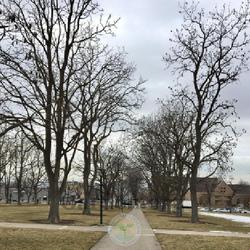

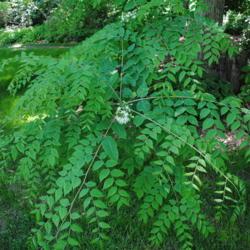
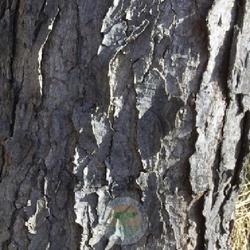
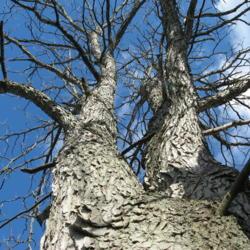
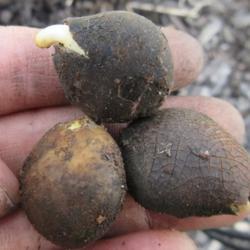
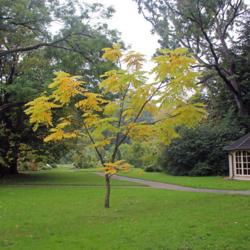
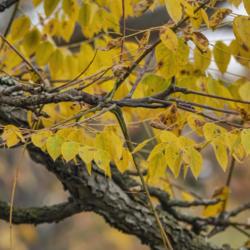
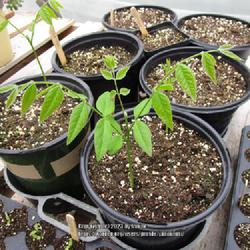

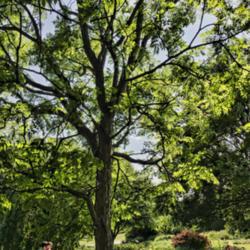
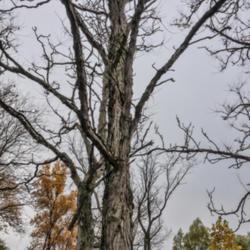
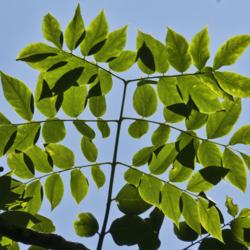
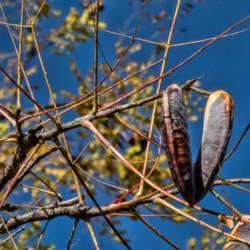
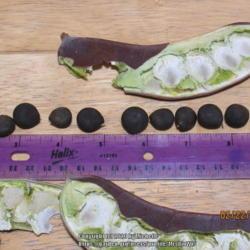
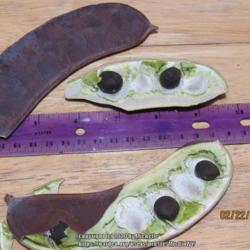
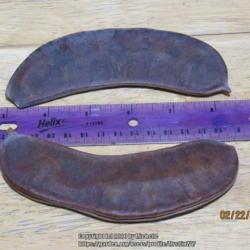

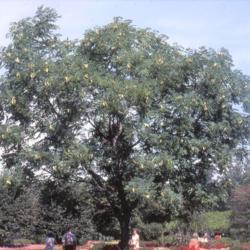
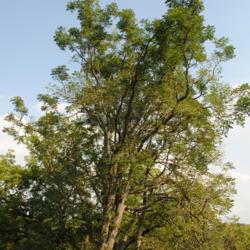
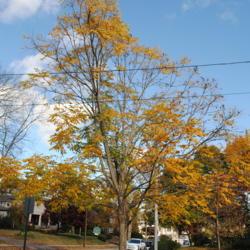

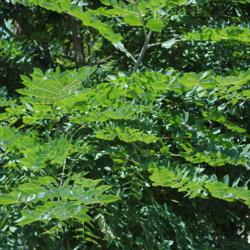
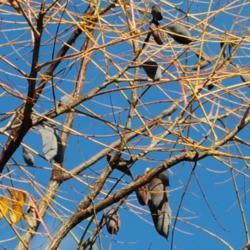
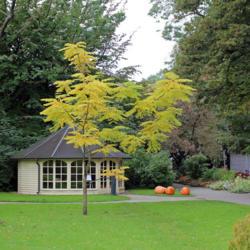
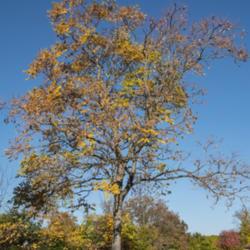

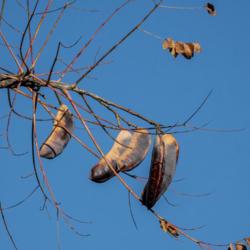

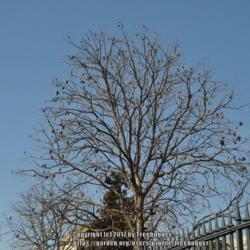

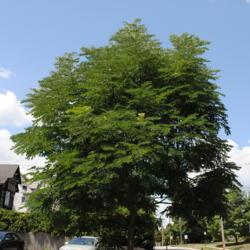
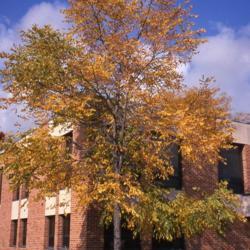
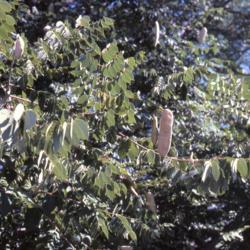

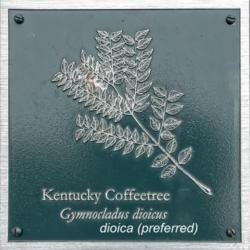
| CraftyFox | On July 9, 2021 | Transplanted Potted up into 1g |